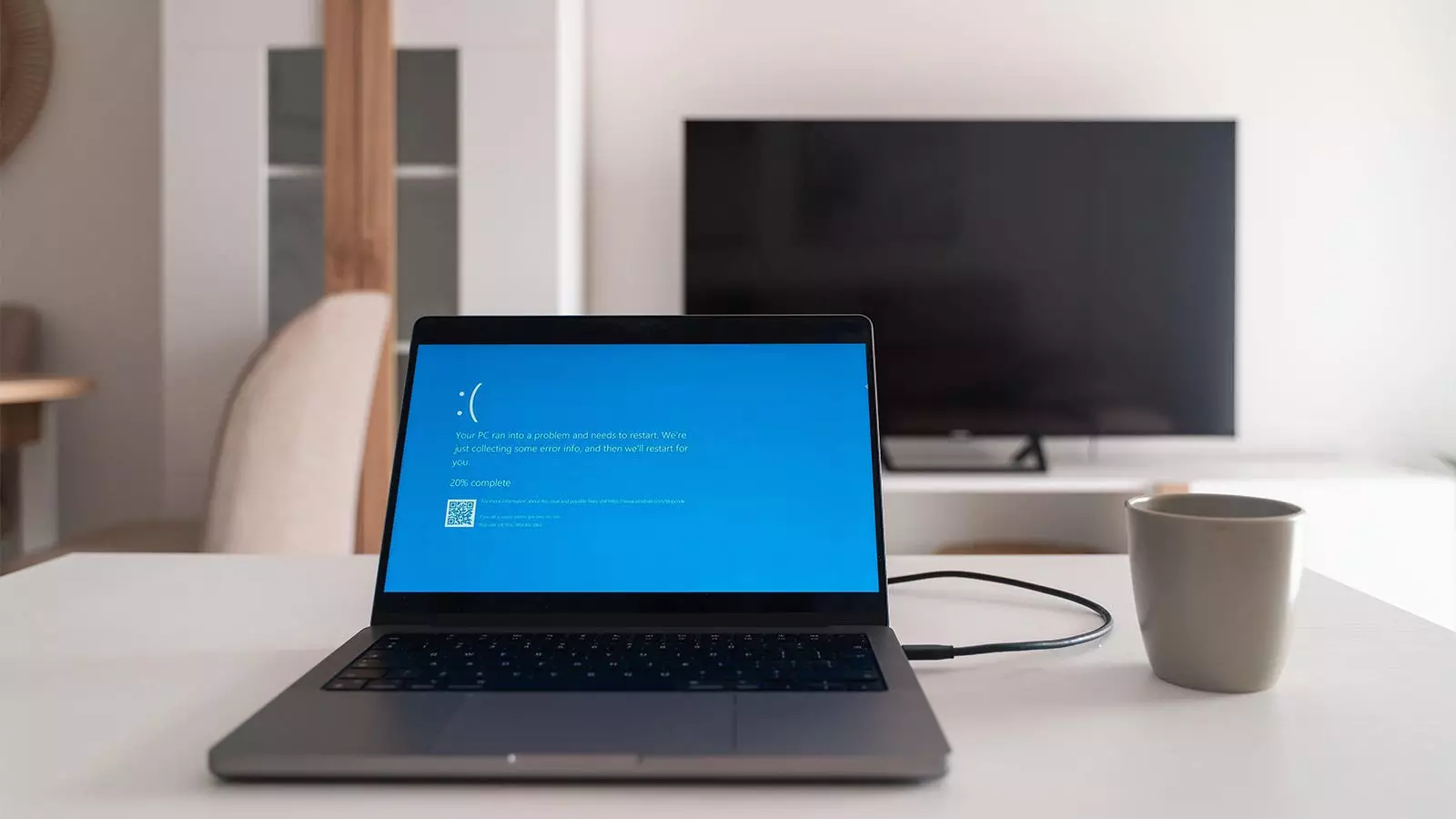The recent software update glitch that caused chaos in computer systems around the world highlighted our extreme dependence on technology in healthcare. While technology has greatly improved the efficiency and accuracy of patient care, the incident also shed light on the importance of maintaining a balance between technological advancements and human connection in healthcare.
The glitch forced healthcare professionals to resort to manual, non-technology-based methods of patient care, such as handwritten notes, paper prescriptions, and verbal communication. While these methods may have sufficed in the past, the incident served as a stark reminder of the extent to which we rely on technology in the modern healthcare setting.
Over the years, healthcare has transitioned from manual, paper-based processes to a technology-driven system. Electronic health records (EHR), telemedicine, artificial intelligence (AI), and advanced imaging technologies have revolutionized the way we deliver care. These advancements have undeniably improved efficiency and outcomes, but they have also raised concerns about the potential loss of human connection in patient care.
While technology plays a crucial role in modern healthcare, it is essential not to lose sight of the human element. The interaction between a doctor and a patient is at the core of healthcare, and no technology can fully replace the empathy, compassion, and understanding that human connection brings. As such, healthcare providers must strive to strike a balance between leveraging technology for its benefits while preserving the essential human touch in patient care.
The recent glitch served as a wake-up call for healthcare providers to reassess their reliance on technology and to prioritize the human aspect of patient care. While advancements such as AI-powered transcription services and point-of-care diagnostic tools have streamlined processes, they should complement rather than overshadow the human interactions that define compassionate healthcare.
The incident of the software update glitch in healthcare systems serves as a poignant reminder of the need to maintain a balance between technological innovation and human connection in patient care. While technology continues to advance at a rapid pace, it is crucial for healthcare providers to remember that the heart and soul of healthcare lie in the relationships built with patients. By prioritizing both technological advancements and human-centered care, we can ensure that patients receive the comprehensive and compassionate care they deserve.


Leave a Reply